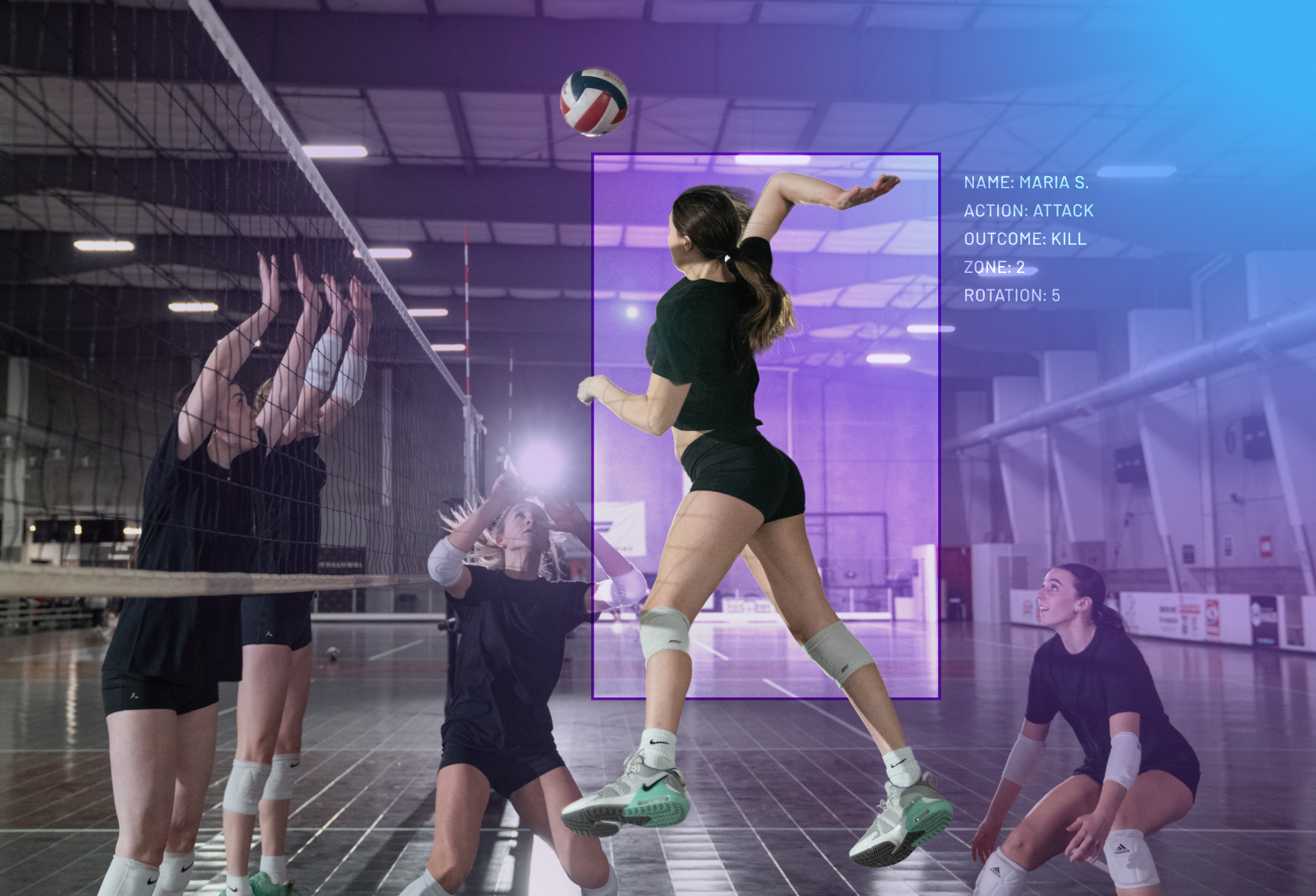Volleyball matches are won in milliseconds—an inch higher at the net, a dig redirected one degree sharper, a serve that clips the end-line instead of sailing long. Conventional stat sheets record the outcome, but they rarely reveal why it happened. AI-powered volleyball video analysis software now closes that gap, turning raw footage into a searchable, measurable, and actionable coaching arsenal within minutes of the final whistle.
1. Auto-Tagging Every Touch
The platform’s deep-learning engine has been trained on 500,000+ labeled volleyball clips across men’s, women’s, and junior levels. It recognizes 47 distinct actions—from jump-serve float to pipe-back-row attack—without human logging. Each action is stamped with frame-accurate time-code, player ID, court zone, and ball trajectory, creating a living database that coaches can query like Google: “Show me every right-side slide in Rotation 3 that faced a triple block.”
2. 3D Trajectory Reconstruction
Two calibrated smartphone cameras (or a single 4K wide-angle cam above the baseline) feed stereo-vision algorithms that triangulate the ball in 3-D space. Spin rate, entry angle, and clearance height over the net are displayed in real time. Servers discover that adding 112 rpm of topspin drops their error rate by 8 %, while middles learn which approach angles produce the steepest attack trajectory against a two-block seal.
3. Rotation & Matchup Analytics
The software automatically builds a six-rotation schematic and tags which front-row attackers faced which blockers. A heat-map shows kill-efficiency color-coded by matchup, exposing the opposing setter’s tendency to force the weak outside when she is in Position 2. Coaches export the graphic to the scouting report, and the locker-room projector displays a 30-second clip package of exactly those moments before the next match.
4. Athlete Workload & Jump Count
Using limb-tracking AI, the system counts every approach jump, categorizing it as “attack,” “block,” or “serve,” and cross-references with landing mechanics. A daily dashboard alerts staff when an outside hitter exceeds her 70-jump red-zone threshold, recommending an extra recovery day or limited approach reps in practice. Over a season, teams using the monitor reduced jump-related injuries by 24 % compared to the previous year.
5. Interactive Feedback Loop

Players receive clipped playlists on their phones moments after practice. A libero can draw on the video with a finger, asking, “Should I have taken this ball with my forearms or platform?” The coach replies with voice-over annotation that appears inside the same clip, creating a threaded conversation stored in the athlete’s personal library. No file juggling, no email chains.
6. Cloud & Privacy Architecture
Full-HD footage is encrypted at the edge device, transmitted through TLS 1.3 tunnels, and stored on GDPR-compliant servers in the EU or US depending on team preference. Role-based access means that freshman bench players only see their own clips, while head analysts gain full opponent tagging rights. University IT departments can run an on-prem container version if institutional policy forbids cloud video storage.
7. Pricing That Scales
Clubs pay $149 per month for up to three camera angles and 50 GB of cloud storage. NCAA programs unlock unlimited angles, XML export to XOS/Volarstat, and API webhooks for Sportscode at $749 per month. A free 14-day trial includes 20 GB of upload—enough for two full matches—so coaches can validate accuracy before purchasing.
8. Proven Impact
In a 2023 pilot, eight NCAA Division I women’s teams used the platform during conference play. Their combined kill-efficiency rose from .198 to .231, and slide-attack usage increased 17 % because coaches finally had objective data proving its success rate. One mid-major program credited the software for an upset of the #4 national seed, later reporting the victory on Twitter with the caption, “We scouted them in 3-D before they ever scouted us.”
9. Getting Started Tomorrow
1) Download the iOS/Android capturing app.
2) Mount two phones on tripods behind each baseline or use the ceiling-drop pole supplied in the starter kit.
3) Start recording; tagging happens automatically.
4) Review the match dashboard 20 minutes later, export clips, and prepare tomorrow’s practice plan while still on the bus ride home.
Volleyball is evolving from a game of memory to a game of milliseconds measured. Install the AI engine, press record, and let software uncover the invisible edges hidden inside every rally—because the next championship point might be only one data-driven adjustment away.







































